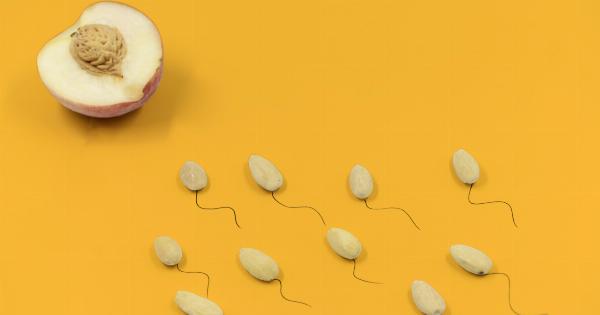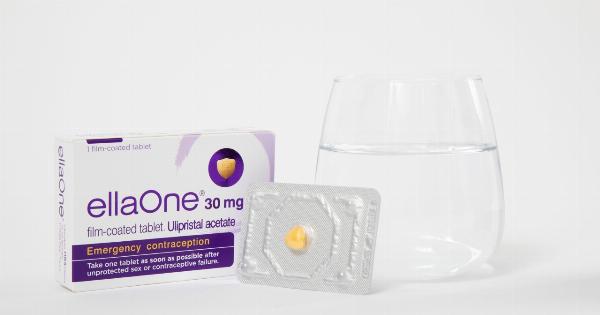When it comes to reproduction, understanding the lifespan of sperm is crucial. The duration of sperm survival in the vagina is an important factor that can impact fertility and the chances of conception.
In this article, we will dive into the details of sperm survival, discussing various factors that influence it and providing insights into how long sperm can survive in the vagina.
What is the Lifespan of Sperm?
The survival of sperm inside the female reproductive tract depends on several factors, including the conditions provided by the vagina, cervical mucus, and cervical canal.
On average, sperm cells can live inside the female body for up to five days under optimum conditions.
Factors Affecting Sperm Survival
Several factors play a role in determining the lifespan of sperm in the vagina. These factors include:.
- Quality of Cervical Mucus: Cervical mucus is a fluid produced by the cervix that changes consistency throughout the menstrual cycle. During ovulation, cervical mucus becomes thin, slippery, and more conducive to sperm survival.
- Timing of Intercourse: The viability of sperm is heavily influenced by the timing of intercourse in relation to ovulation. Sperm has a higher chance of survival and fertilization if intercourse occurs a few days before ovulation.
- Sperm Quality: The quality of sperm, including factors such as count, motility, and morphology, also affects its survival. Healthy and well-formed sperm are more likely to survive longer in the female reproductive tract.
- Acidity of Vaginal Environment: The pH level of the vagina can impact the survival of sperm. A more alkaline environment tends to be more favorable for sperm survival.
- Use of Spermicides or Lubricants: Certain spermicides or lubricants can negatively affect sperm survival. It is important to be cautious while using such products if conception is desired.
The Journey of Sperm
Upon ejaculation, sperm embarks on a challenging journey through the female reproductive tract. Let’s take a closer look at the various stages of this journey:.
Stage 1: Ejaculation
Sperm is released into the vagina during sexual intercourse or other forms of sexual activity that involve ejaculation. The sperm are immediately exposed to the vaginal environment, which can have a significant impact on their survival.
Stage 2: Passage through the Cervix
The cervix is the lower part of the uterus that connects to the vagina. During certain times of the menstrual cycle, the cervix produces cervical mucus that functions as a protective barrier as well as a pathway for the sperm.
The mucus can help nourish the sperm and extend their lifespan.
Stage 3: Ascending the Uterus
Sperm that successfully navigates through the cervical mucus enters the uterus. The sperm then begins the journey up the uterus, propelled by the rhythmic contractions of the female reproductive tract.
Stage 4: The Fallopian Tubes
The fallopian tubes are the final destination for sperm on their journey to fertilize an egg. The egg is released from the ovary and picked up by the fimbriae at the end of the fallopian tubes.
If sperm is present in the fallopian tubes, it can bind to the egg and fertilize it.
Stage 5: Fertilization
If a sperm successfully penetrates and fertilizes the egg, conception occurs. The fertilized egg then travels down the fallopian tube towards the uterus, where it implants and develops into a pregnancy.
How Long Can Sperm Survive in the Vagina?
Under optimal conditions, sperm can survive in the vagina for up to five days. However, it’s important to note that the majority of sperm will not survive that long.
The lifespan of sperm is heavily influenced by factors such as the timing of intercourse, the quality of cervical mucus, and the overall health of the sperm itself.
Conclusion
Understanding the duration of sperm survival in the vagina is essential for those trying to conceive. While sperm can survive for up to five days, the chances of successful fertilization decrease significantly after the first 24-48 hours.
Factors such as timing of intercourse, cervical mucus quality, and sperm health can greatly impact the chances of conception.





























